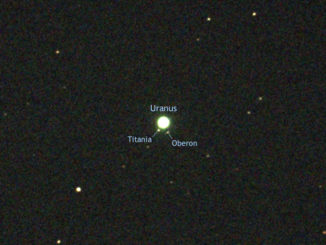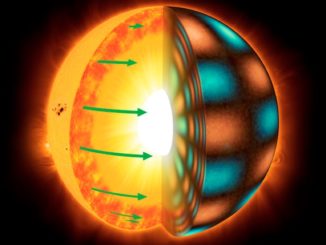
Archive

News

News

Observing
Star-hop your way to viewing planets Uranus and Neptune at their best
Clear nights of early Northern Hemisphere autumn offer ideal opportunities to track down the two outermost planets of the solar system, Uranus and Neptune. What’s more, you don’t need a big telescope to find them. We show you how to locate these gas giants using binoculars. The Moon also passes close to Neptune on 20 October.

News

News

News

News

Picture This

News

News
